Indigenous Ranger Program Reshapes Wyoming’s Story
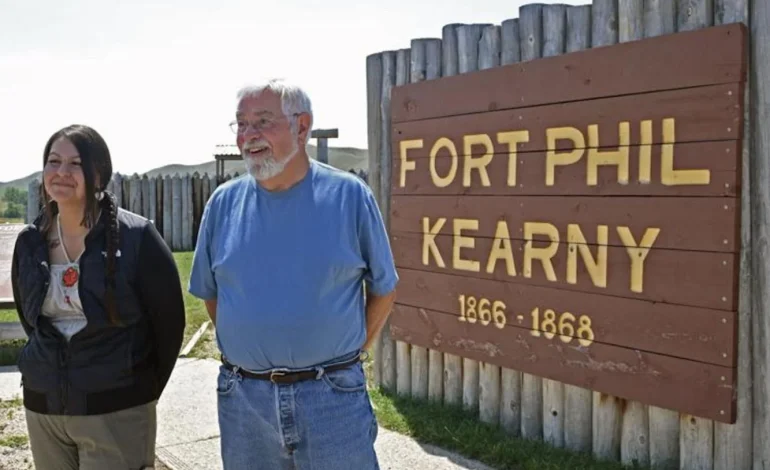
At the foot of the Bighorns, the open country around Piney Creek is more than scenery — it’s a 12,000-year archive. You can trace old bison runs across the grass, follow ancient trade paths that once linked the Plains to the Southwest, and even find flecks of Yellowstone obsidian that somehow traveled across a continent. Former archaeologist Dave McKee likes to say the coolest history is the whole history, and for a long time this place has mostly been told through one lens: forts, trails, and US Army timelines, Casper Star Tribune reports.
Think Bozeman Trail. Think Fort Phil Kearny. Think the Fetterman Fight of 1866 — known in many Native traditions as “The Battle of the Hundred in the Hands,” where Lakota, Cheyenne, and Arapaho warriors, including Crazy Horse, wiped out an entire command. Those names are part of the story. But they aren’t the whole story.
That’s the point of a small but mighty internship — the American Indian College Student Interpretive Ranger Program — now in its third year. Run by the Fort Phil Kearny/Bozeman Trail Association with Wyoming State Parks and the US Forest Service, it brings Indigenous college students into front-line interpreter roles at Fort Phil Kearny and at the Medicine Wheel/Medicine Mountain National Historic Landmark near Lovell. The program pays salaries, covers housing and mileage, and asks students to do what standard plaques rarely can: put living communities back at the center of the narrative.
Mentor and historian Donovin Sprague, a Minnicoujou Lakota scholar who’s spent decades correcting record-scratch moments in museum labels and textbooks, pushes interns to widen the frame — family life, women’s roles, and the cultural threads that bind events together. By mid-summer, he says, the students are developing and leading their own evening programs, drawing dozens of locals and travelers and leaving a printed trail in the Bozeman Trail Association’s Lookout Magazine.
One of those new voices is Aidan Hereford from Fort Washakie, with Shoshone and Arapaho roots and family ties to Chief Washakie. Working the exhibit halls at Fort Phil Kearny, she stumbled on a jarring link: her hometown used to be named for Capt. Frederick Brown, a figure in the very battle often taught solely from the Army’s perspective. Two hundred twenty-seven miles separate Fort Washakie and the Fetterman battlefield, but the connection landed hard — proof of how tightly woven Wyoming’s Native and settler histories really are. That became the heart of her summer talk: the way stories echo across places and generations.
Up on Medicine Mountain, the lessons run even deeper. The Medicine Wheel — “The Place Where the Eagle Lands” — is both archaeology and prayer, a limestone circle with 28 spokes perched on the ridge, surrounded by thousands of years of use. It’s now managed at a cultural scale, not just a fence line: a 4,080-acre landmark that honors ceremonies, solstice alignments, offerings, and quiet. Sprague notes that more than 40 tribes have ties to the Bighorns; at sacred sites, differences are put aside because, as he puts it, everyone can feel that something good is happening. Interns like Hereford greet visiting families and ceremonial leaders, protect space when needed, and hear a steady stream of “thank yous” when the work is done.
None of this replaces the fort logs or the trail diaries — it rounds them out. McKee still walks visitors through the stockade and the tactics and the troop movements, but now he can point to student interpreters who add the parts that were missing: how women held communities together through war seasons, why a place name like Tongue River is more than a map label, and what it means to stand at the Medicine Wheel and feel the past as present tense. It’s the balance he’s been pushing for: settler accounts and Indigenous memory, side by side.
If you show up on a summer evening, you’ll feel the shift. Fewer one-way lectures, more conversations. Fewer footnotes to Native history, more Native historians at the microphone. And in a region where the landmarks often wear Army uniforms, the story now includes the people who were here long before the stockades — people who are still here, guiding visitors through the wind and the sage to hear the whole thing.
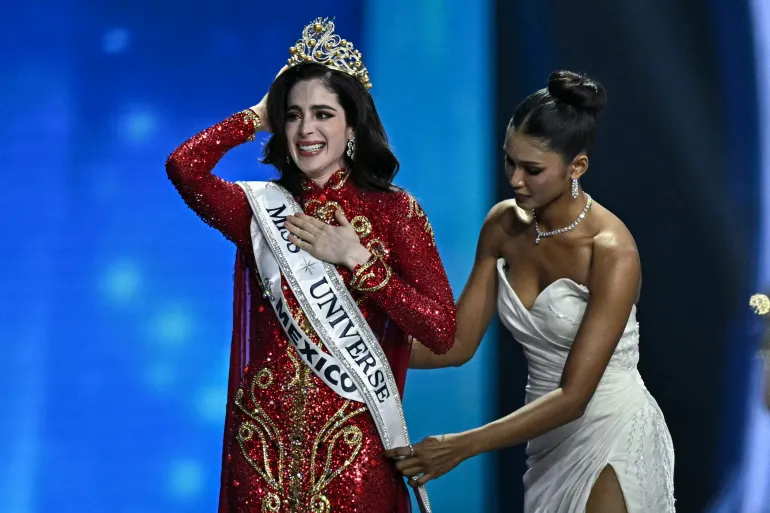
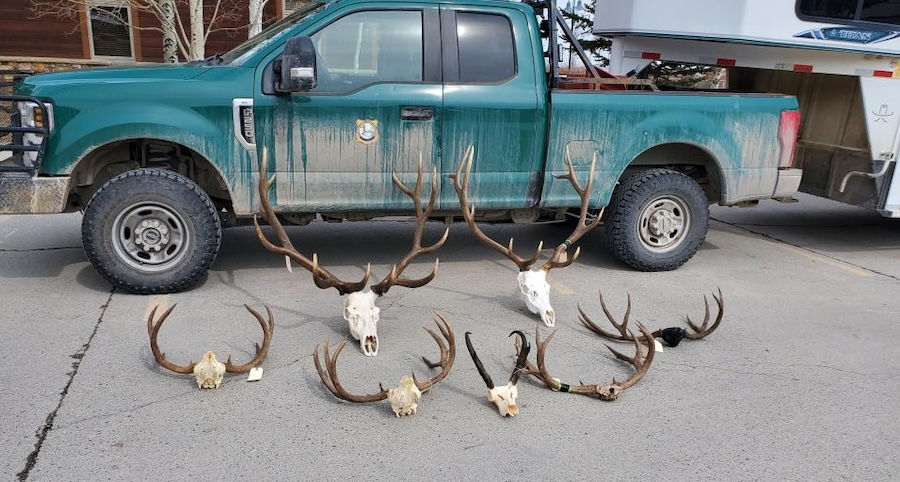

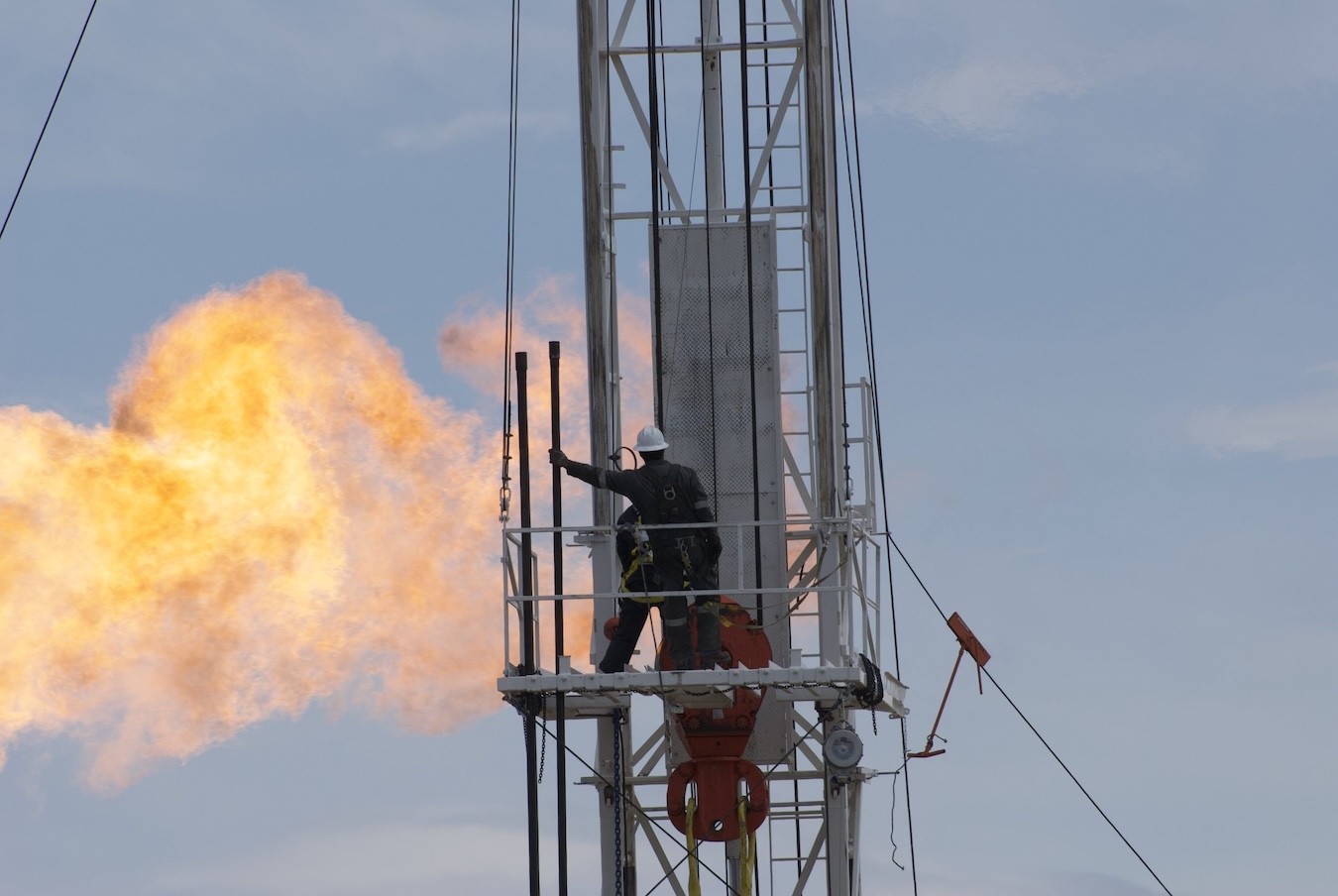


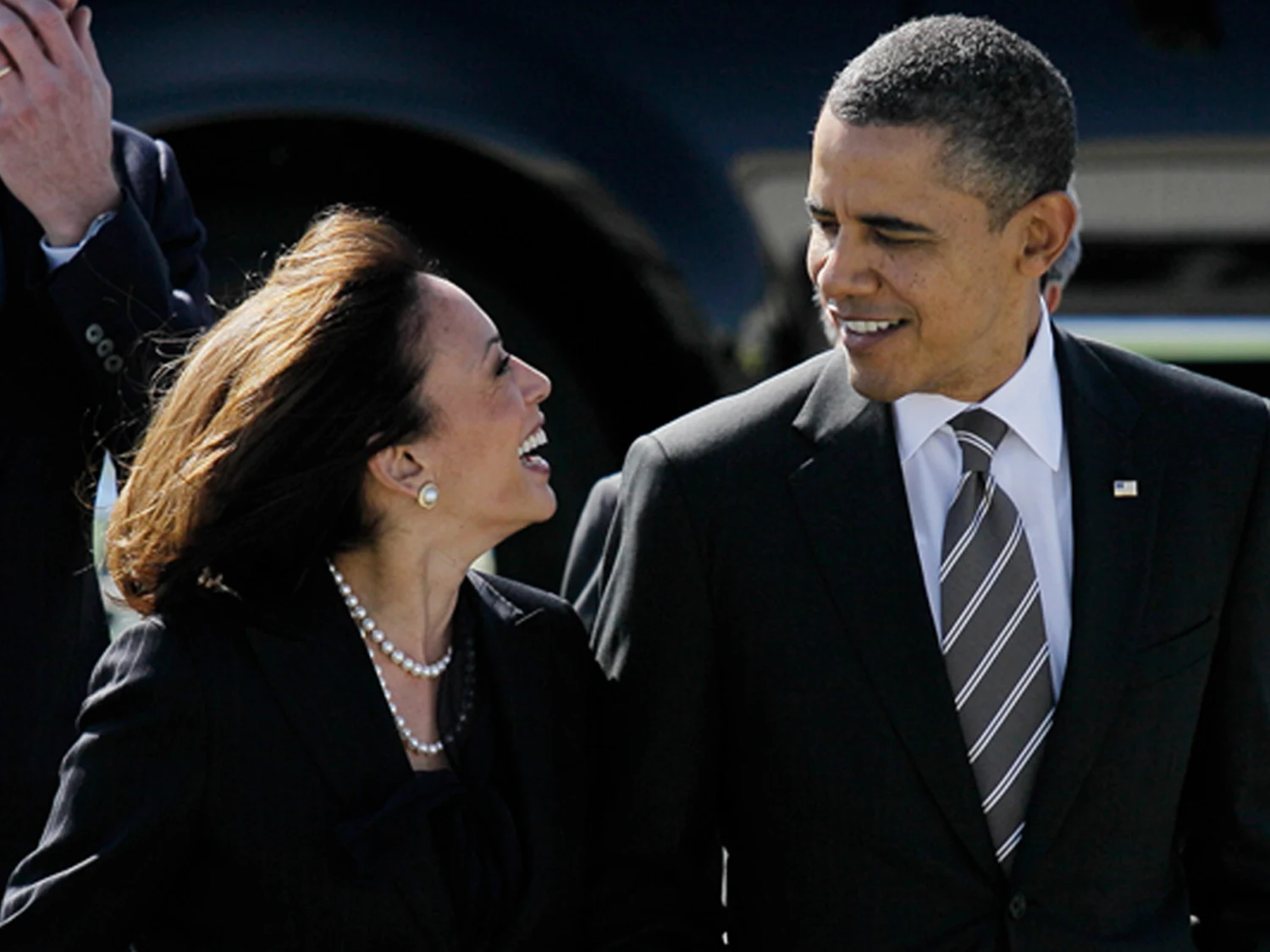


The latest news in your social feeds
Subscribe to our social media platforms to stay tuned